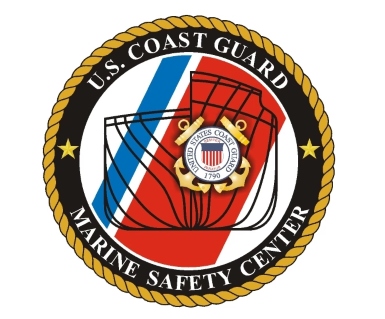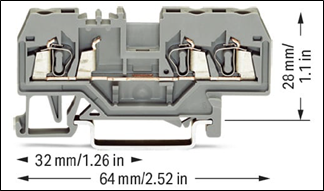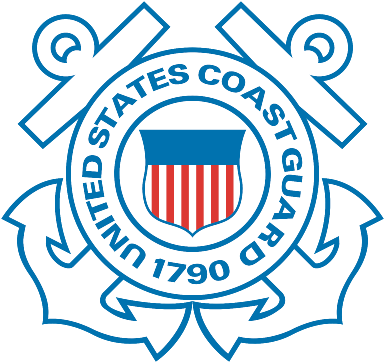
The United States Coast Guard Marine Safety Center updated its Design Verification Guideline DVG H1-18 regarding the general arrangement plans for towing vessels.
Purpose: The Design Verification Guideline (DVG) serves to provide comprehensive guidance and information to the marine industry regarding the verification of stability compliance for towing vessels certified under 46 Subchapter M of the U.S. Coast Guard regulations. Its primary aim is to ensure that these vessels meet specific safety and operational standards related to their structural integrity and stability.
Applicability: The guideline applies to general arrangement plans of towing vessels that either had their keel laid on or after July 20, 2017, or underwent a major conversion after that date. It clarifies that while the Marine Safety Center (MSC) can review these plans, owners have the option to pursue plan verification through three specified sources:
– A registered professional engineer (P.E.) licensed by a U.S. state or the District of Columbia.
– An authorized classification society delegated with issuing the SOLAS Cargo Ship Safety Construction Certificate under 46 CFR 8.320.
– Directly with the U.S. Coast Guard.
References: The guideline cites specific regulatory references that must be adhered to during the verification process. These include:
– 46 CFR 144 for Construction and Arrangement.
– Marine Safety Manual (MSM) Volumes II & IV.
– ABS Rules for Building and Classing Steel Vessels for Service on Rivers and Intracoastal Waterways.
– ABS Rules for Building and Classing Steel Vessels Under 90 Meters (295 feet) in Length.
Submittal Checklist: A detailed checklist is provided to ensure that the submittal package for general arrangement plans includes essential documents such as a letter of intent, application for inspection, outboard and inboard profiles, and deck arrangements. These plans must sufficiently detail compliance with the requirements of 46 CFR Subchapter M for independent verification.
General Review Guidance: The guideline outlines specific compliance requirements under Subchapter M, focusing on:
– General and Structural Fire Protection.
– Escape Requirements including means of escape for crew and passengers.
– Crew Spaces and accommodations.
– Rails and Guards for crew safety.
– Window Construction and Visibility ensuring safe operation and navigation.
– Watertight or weathertight integrity of the vessel.
– Collision Bulkhead specifications for structural safety.
Special Consideration: It acknowledges that in certain circumstances where unusual arrangements or conditions warrant, the Officer in Charge, Marine Inspection (OCMI) may authorize departures from specific Subchapter M requirements. This is contingent upon maintaining an equivalent level of safety.
Download the guideline: DVG.H1-18 General Arrangement Plans for Towing Vessels (M)

